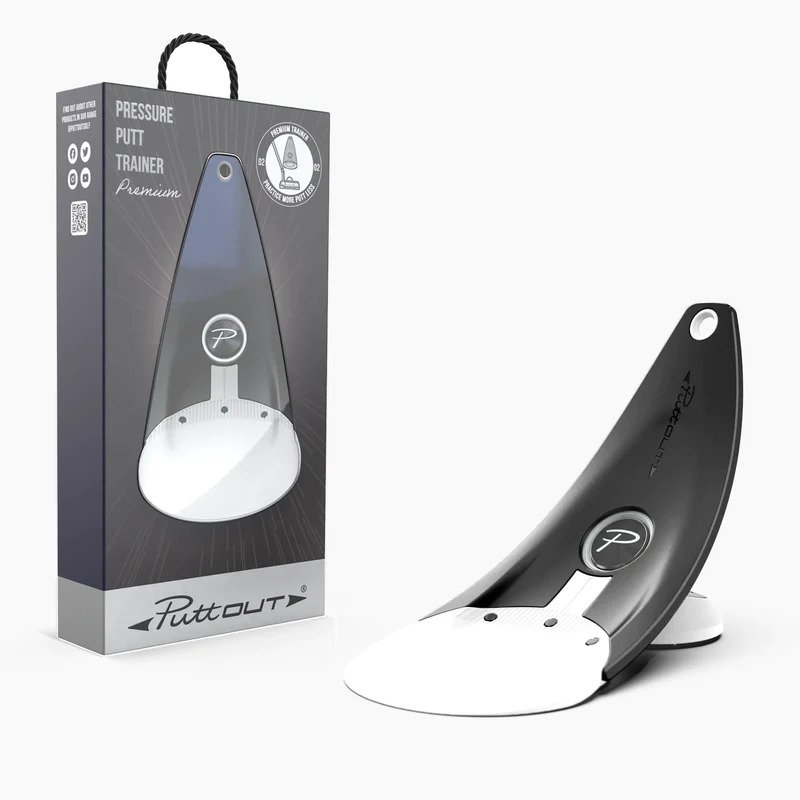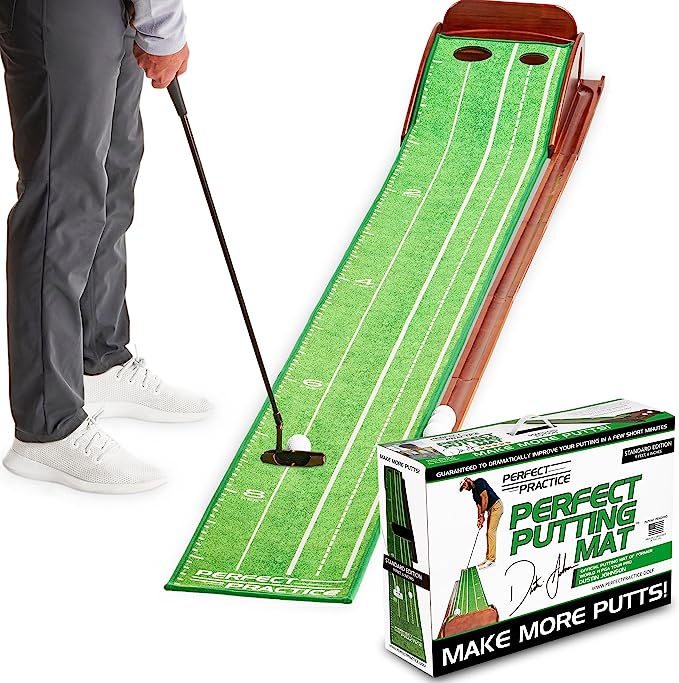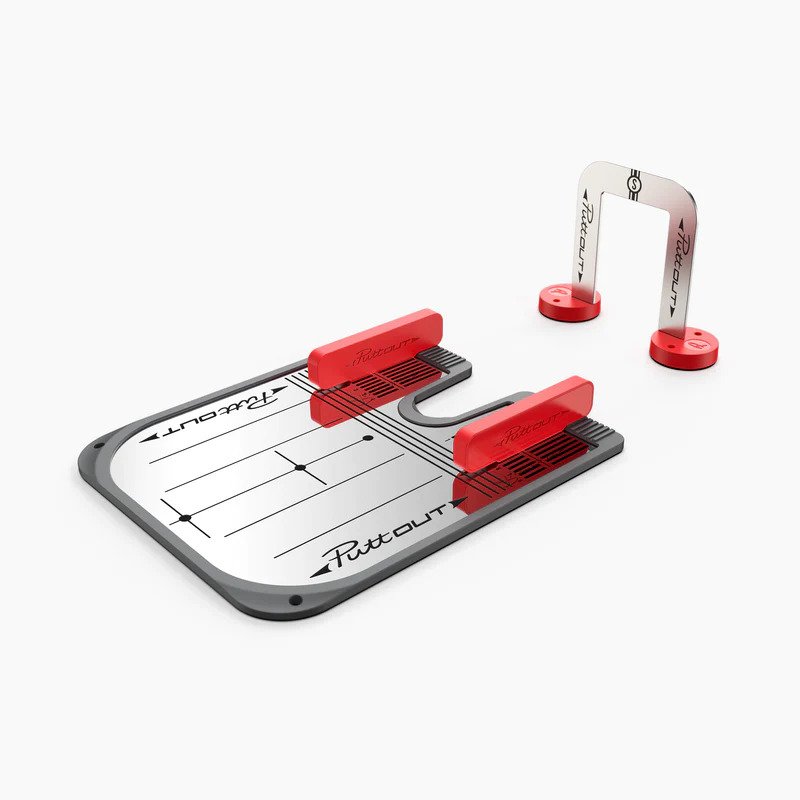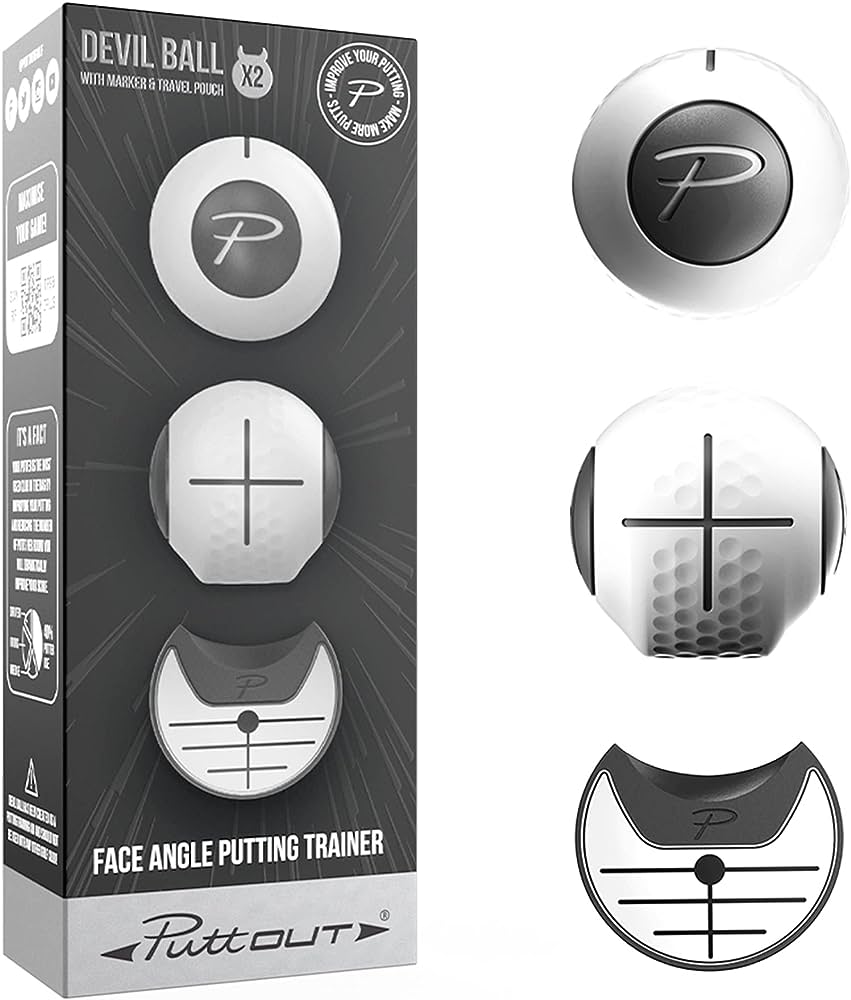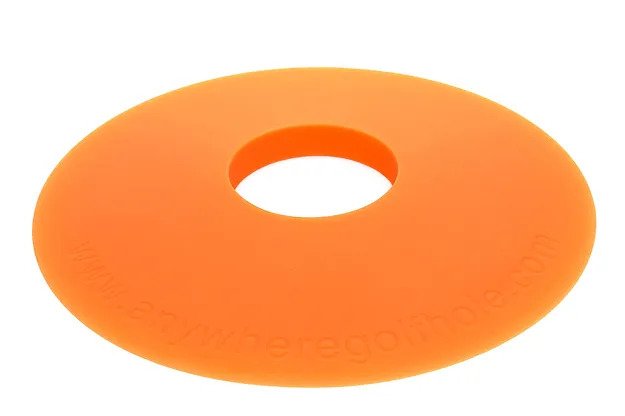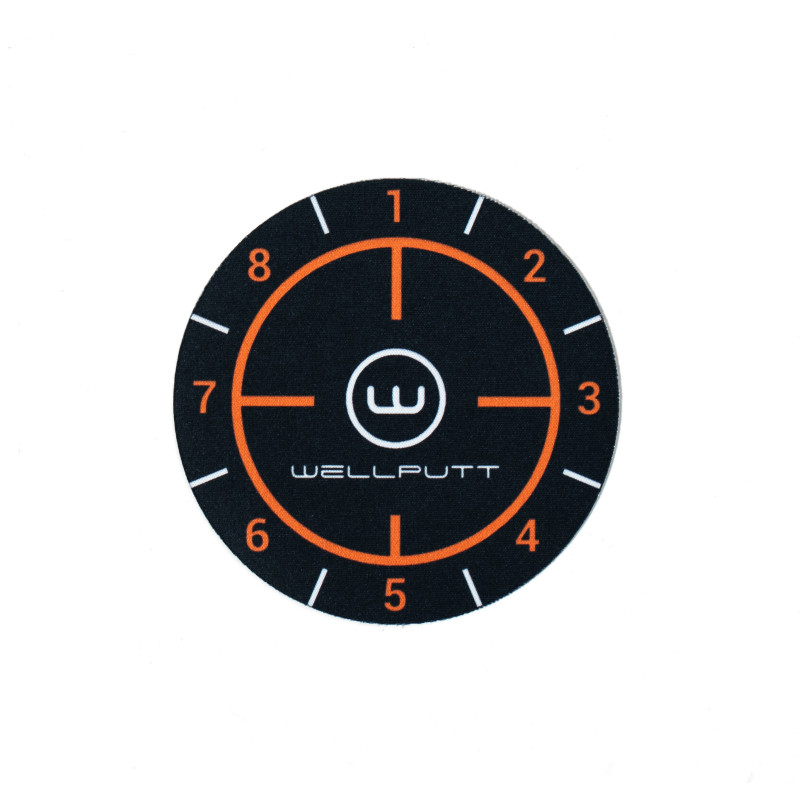First things first, everyone can obtain a golf handicap. This applies to casual golfers as well as members of clubs, and it doesn’t need to be as complicated as you might imagine.
Put simply—it is a measure of your golfing ability, so if you are playing with someone better or worse than you, then the handicap system is in place to ensure you can enjoy a fair game.
The World Handicap System (WHS) was launched in 2020 and provides an official handicap to golfers anywhere in the world. It was brought in to unify six existing systems into a single system so that golfers can compete on an equal basis.
Let’s take a look at how you to work out your golf handicap.
How to work out your golf handicap

There are several terms to get your head around, but the good news is that they’re already calculated, so you won’t have to do anything with them. These are:
Bogey Rating
This is the measure of playing difficulty from a set of tees when played by a Bogey Golfer (a player with a Course Handicap of approximately 20 for a male and 24 for a female).
Course Rating
This is the measure of how many strokes a Scratch Golfer (0.0 Handicap Index) should take on any given course and is calculated to the nearest 0.1.
Knowing the Course Rating and Bogey Rating allows the WHS to assess the relationship between the two.
Slope Rating
This is calculated using the Bogey Rating and Course Rating and assesses the relative playing difficulty of a course for Bogey Golfers compared to Scratch Golfers.
The higher the Slope Rating, the greater the difference expected between the scores of those scratch and bogey golfers—but it doesn’t necessarily mean that one course is more difficult than another. The best thing to remember here is the higher the Slope Rating, the more strokes a Bogey Golfer will need to play it.
How to work out your golf handicap: the calculation

Your Handicap Index is measured by using your eight best scores from your 20 most recent rounds.
It takes the Course Rating, Slope Rating and your Adjusted Gross Score* to work out a handicap differential for each round you’ve played.
This is done through the following calculation and is, thankfully, all done automatically for you…
(113 / Slope Rating) x (Adjusted Gross Score* – Course Rating – Playing Conditions Calculation**)
Why 113? Put simply, Slope Rating ranges from 55-155, with the average being 113.
When you play a course with a Slope Rating higher than 113, your Course Handicap will be higher than your Handicap Index. When you play a course with a Slope Rating lower than 113, your Course Handicap will be lower than your Handicap Index.
From here, your Handicap Index is determined by selecting your best 8 from 20 differentials and dividing the total by 8. This, then, should give you an accurate handicap. This won’t be your average score but how likely you are to play a course of average difficulty.
* The Adjusted Gross Score is the total of your 18 holes, but there is an adjustment made for holes that you either didn’t finish or ‘no returned’ on, as well as high-score holes, which are adjusted to the par of the hole PLUS two shots.
For example, if you took 10 on a par 4, that will be adjusted to a six.
** Playing Conditions Calculation takes place automatically to determine if scores recorded at a course were significantly higher or lower than expected. An adjustment between –1 and +3 will be applied to reflect the playing conditions on the day.
Your Course Handicap

Your Course Handicap allows you to play any course fairly according to the difficulty and the tees you’re playing off.
You need your Handicap Index and the Slope Rating you’re about to play. So, check the board at the course where you’re playing (normally near the 1st tee) to get your Course Handicap based on your Handicap Index.
This equation used is: Course handicap = Handicap Index x (Slope Rating / 113)
Golf handicaps: the takeaways

Fear not—you don’t need to have a good, or indeed any, understanding of these terms.
Everything can be done through an app, such as England Golf, where you can enter your scores, and it’ll work everything out for you.
When you get into the habit of doing this, things will become clearer, and your eight best scores will be highlighted so you can see when a good or bad score will drop off.
All you need to do is ensure that:
- your score is submitted in an authorised format, such as Strokeplay, Stableford and Par/Bogey
- you have played a minimum of nine holes
- you have played with one other person
- the course has a current Course Rating and Slope Rating done during an active season
Also, you must pre-register your intent to submit a score. You can do this by simply telling your playing partner(s) that you want to put a card in.
Another huge benefit of the WHS is that you can submit cards in general play rather than having to wait for a competition. You can submit any round, anywhere.
Remember: The maximum Handicap Index is 54.0 for all players.



